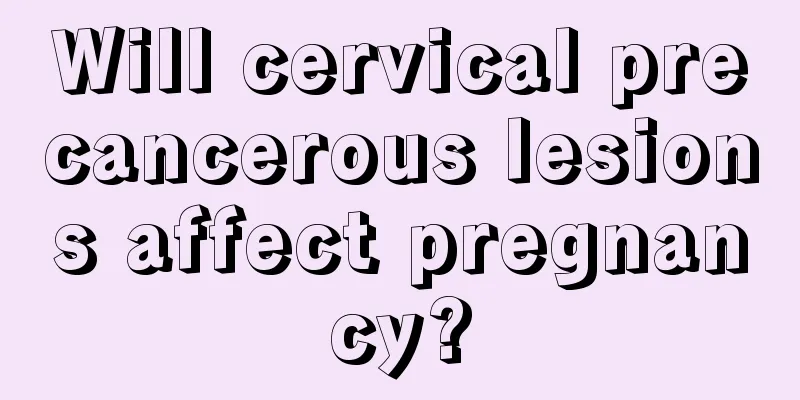How big are gallstones? Larger stones require surgery

|
Patients with gallstones need to take appropriate treatment methods in a timely manner. If the stones are small, they can be expelled with medication. If they are large and exceed 0.2 cm, they must be treated surgically in time. Otherwise, the onset of gallstones will cause many complications, and if it is pancreatitis, it will be life-threatening. 1. Gallstones that are large generally require timely surgical treatment Treatment for gallstones varies depending on the symptoms. You can do a B-ultrasound check now. The clinical treatment principles for gallstones are: gallstones smaller than 0.2 cm can be excreted from the body through medication, while gallstones larger than 0.2 cm must be removed surgically. Since gallstones are formed in the gallbladder, based on the shape of the gallbladder, normal natural stone removal and lithotripsy are not ideal. 2. Surgical treatment (1) Indications: In the acute phase, if obvious systemic poisoning symptoms, peritoneal irritation signs, and deepening jaundice occur, emergency surgery should be performed. For patients with a long history of disease, repeated attacks, and obvious organic lesions in the bile duct, such as calculous cholecystitis, larger common bile duct stones and primary bile duct stones, intrahepatic stones with more severe symptoms, recurrent bile duct stones accompanied by obvious dilatation of the common bile (liver) duct, and biliary infection combined with Oddi sphincter stenosis, elective surgery should be performed after the acute symptoms are controlled. (2) Timing of surgery: You can choose: ① Regardless of whether acute cholecystitis is treated non-surgically or not, patients with emergency surgical indications should undergo emergency surgery within 48 hours of onset after a short period of preoperative preparation. Those who have been ill for more than 48 hours should be treated non-surgically, but there are different opinions. ② For patients with chronic cholecystitis and cholelithiasis, if there are no obvious contraindications and biliary imaging confirms the presence of stones or the gallbladder is not visible, surgery should be performed at a scheduled time. ③For patients with bile duct stones and cholangitis, definitive bile duct surgery should be performed at a scheduled time after good preoperative preparation during the non-attack period. During the acute attack period, active non-surgical treatment should still be performed at the beginning as a preoperative preparation. Surgery can be performed at any time. If the symptoms do not improve significantly within 12 to 24 hours, or even hypotension, impaired consciousness, acute severe cholangitis, and shock that cannot be corrected occur, surgery should be performed immediately to implement bile duct decompression, remove key stones, and perform T-tube drainage to save the patient's life, and then perform definitive bile duct surgery at a later time. |
<<: What medicine to take for gallstones, medication and diet must be combined
>>: At what size of gallstones is surgery recommended? Surgery is required if the gallstones recur.
Recommend
What are the disadvantages of abdominal breathing
If you want to keep your body healthy, you must s...
How to prevent breast cancer? Eating more of these five foods can easily prevent breast cancer
Breast cancer is the number one killer of women. ...
Does wood contain formaldehyde?
In people’s daily lives, there are many toxic gas...
How to massage to make the bridge of nose higher
The nose bridge is the most important part of the...
Is it helpful to eat pears for sore throat?
Eating pears for sore throat is effective to a ce...
What causes twitching of the corners of the mouth
Twitching of the corners of the mouth is a phenom...
Which hospital is best for endometrial cancer?
At present, endometrial cancer has become the mos...
What is the cause of mature ovarian teratoma
There is a disease that once it occurs, the patie...
How does thyroid cancer cause parenchymal echoes?
Thyroid cancer is a malignant tumor originating f...
Will holding urine frequently cause hematuria?
In life, many people have developed the habit of ...
What should I do if my double eyelid surgery goes wrong?
Double eyelids are a common eye shape in life and...
What is prostate cancer?
Prostate cancer is one of the most common male ma...
Salt water bowel cleansing and detoxification method
Many of the things we eat now contain toxins, so ...
What to do if you swallow a date pit
When you were a child, did you accidentally swall...
How to wash blood stains off cotton cloth
In daily life, many people accidentally get blood...









